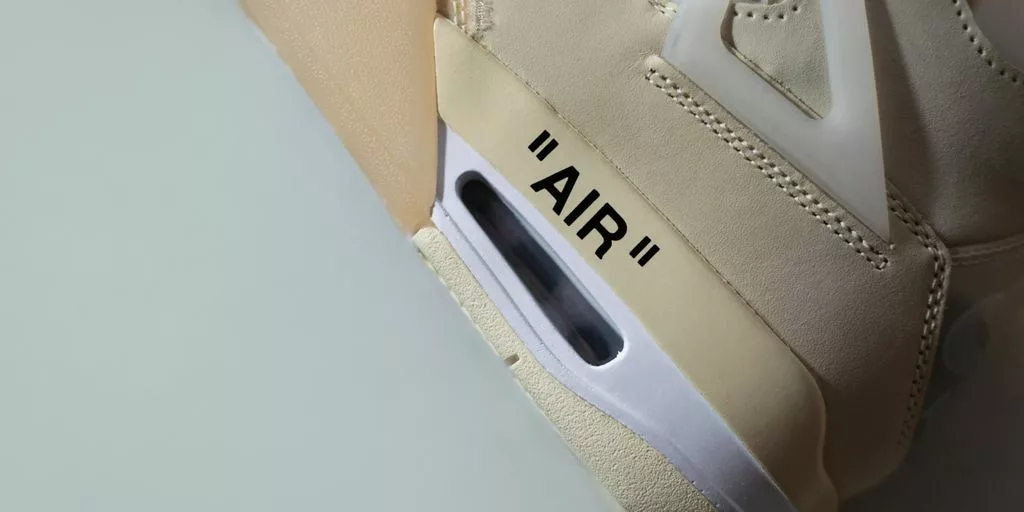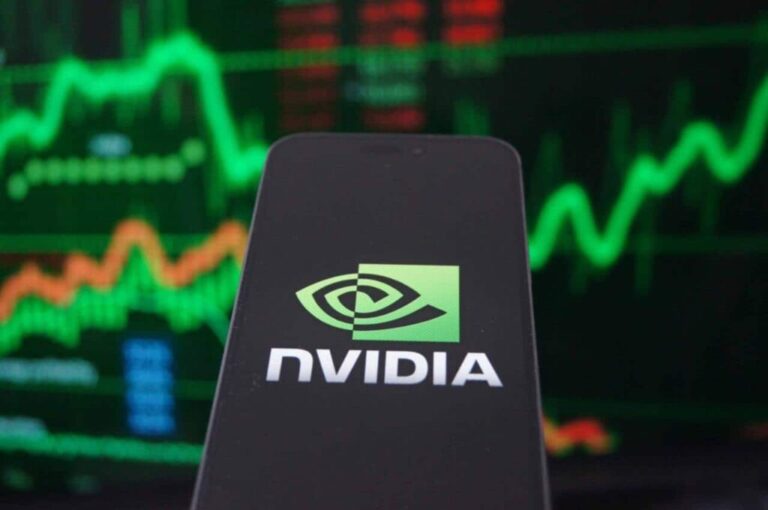
Fashion collaborations are changing how we see style. When brands team up, they blend their unique strengths to create something new and exciting. Whether it’s a luxury brand working with a streetwear label or a designer partnering with a fast-fashion retailer, these collaborations bring fresh ideas to the fashion world. This guide will explore how these partnerships started, their impact on the industry, and what makes them successful.
Key Takeaways
- Fashion collaborations blend different styles and strengths to create unique collections.
- These partnerships can range from luxury brands teaming up with streetwear labels to designers working with fast-fashion retailers.
- Fashion collaborations have a significant impact on consumer behavior and can drive trends.
- Successful collaborations require careful planning, the right partner, and effective marketing strategies.
- Sustainability is becoming an important factor in fashion collaborations, with a growing demand for eco-friendly partnerships.
The Evolution of Fashion Collaborations
Fashion collaborations have come a long way, evolving from simple partnerships to complex, multi-faceted ventures that shape the industry. These collaborations reveal a dynamic and ever-evolving landscape where creativity, culture, and commerce intersect. Let’s explore the key milestones and trends that have defined this journey.
Historical Milestones in Fashion Partnerships
- Early 20th Century: Designers began partnering with artists, creating unique, limited-edition pieces.
- 1990s: High fashion brands started collaborating with streetwear labels, blending luxury with everyday style.
- 2010s: The launch of Instagram revolutionized how collaborations were marketed and perceived.
The most influential innovation of 2010s fashion? Not fabric or silhouette, but the launch of Instagram.
The Rise of High-Low Collaborations
High-low collaborations have become a staple in the fashion world. These partnerships bring together high-end designers and affordable brands, making luxury accessible to a broader audience.
- H&M x Karl Lagerfeld: One of the first high-low collaborations that set the trend.
- Target’s partnerships: Delivering high fashion at affordable prices, often causing a frenzy among shoppers.
Impact on Consumer Behavior
Fashion collaborations have a significant impact on how consumers shop and perceive brands.
- Increased Brand Loyalty: Consumers are more likely to stay loyal to brands that offer unique, collaborative collections.
- Social Media Buzz: Collaborations often create a buzz on platforms like Instagram, driving sales and brand awareness.
- Limited Editions: The exclusivity of collaborative pieces makes them highly sought after, often selling out quickly.
In summary, fashion collaborations have not only transformed the industry but also changed how consumers interact with brands. They offer a unique blend of creativity, accessibility, and exclusivity, making them a powerful tool in the fashion world.
Iconic Fashion Collaborations That Shaped the Industry

Fashion collaborations have redefined the industry, merging different styles and creating unique collections. These partnerships have not only brought together luxury and streetwear but also made high fashion accessible to the masses.
The Business of Fashion Collaborations

Strategic Benefits for Brands
Fashion collaborations offer strategic benefits for brands. By teaming up, brands can tap into new markets and attract a wider audience. These partnerships often result in unique products that generate buzz and drive sales. Collaborations also allow brands to share resources and expertise, leading to innovative and high-quality collections.
Challenges and Risks Involved
While collaborations can be beneficial, they also come with challenges and risks. Brands must ensure that their values and aesthetics align to avoid a mismatch. There is also the risk of diluting brand identity if the collaboration is not well-received. Additionally, logistical issues and creative differences can arise, making the process complex.
Measuring Success in Collaborations
Measuring the success of a fashion collaboration involves several metrics. Sales figures and social media engagement are key indicators. Brands also look at media coverage and consumer feedback to gauge the impact. Successful collaborations often lead to increased brand loyalty and long-term partnerships.
Collaborations have become a key strategy for brands to gain visibility and reach. By joining forces, brands can create synergistic partnerships that benefit both parties.
How to Create a Successful Fashion Collaboration
Identifying the Right Partner
Finding the perfect partner is crucial. Look for brands that share your values and target audience. Strategic alignment is key to a successful partnership.
Crafting a Unique Concept
Develop a concept that stands out. Combine the strengths of both brands to create something new and exciting. This will help in capturing the interest of consumers.
Marketing and Launch Strategies
Promote your collaboration effectively. Use proven marketing strategies like:
- Collaborative social media campaigns
- Partnering with influencers
- Special events like pop-up shops
- Exclusive product releases
These strategies can help you reach a wider audience and create buzz around your collaboration.
Be respectful, professional, and flexible when negotiating the terms and expectations of the collaboration. This will ensure a smooth process and successful execution.
Sustainability in Fashion Collaborations
Eco-Friendly Partnerships
Fashion brands are increasingly teaming up to create eco-friendly partnerships. When brands collaborate on initiatives like recycling programs or educational campaigns, they can make a more substantial impact. These partnerships often focus on promoting circular fashion, where products are designed for longevity, reuse, and recyclability.
Innovative Sustainable Materials
Collaborations can lead to the development of innovative sustainable materials. By pooling resources and expertise, brands can create fabrics that are not only eco-friendly but also high-quality and durable. This approach can significantly reduce the environmental footprint of fashion products.
Consumer Demand for Green Fashion
There is a growing consumer demand for green fashion. Shoppers are more conscious than ever about the environmental impact of their purchases. Brands that engage in sustainable collaborations can attract these eco-conscious consumers, boosting their market appeal and driving sales.
Sustainable fashion collaborations are not just a trend; they are a necessity for the future of the industry. By working together, brands can create a more sustainable and responsible fashion ecosystem.
The Future of Fashion Collaborations

Technological Innovations
Fashion is embracing cutting-edge technology. From AI-driven designs to 3D printing, brands are pushing the boundaries. Imagine custom-fit clothes made just for you, thanks to advanced tech.
Virtual and Augmented Reality Collaborations
Virtual and augmented reality are changing how we shop. Brands are creating virtual stores and AR fitting rooms. This means you can try on clothes without leaving your home.
Predicted Trends and Opportunities
More brands are doing circular collabs. We explore how brands are partnering with Depop, eBay, Vestiaire Collective, and others to develop circular business models. As the saying goes, everything old is new again. Long-held fashion traditions, from tailoring to luxury retail, are being reinvented by a fresh generation.
The future of fashion is not just about new styles but also about new ways of thinking and creating. The blend of technology and tradition is set to redefine the industry.
Behind-the-Scenes: The Creative Process

From Concept to Execution
Creating a fashion collaboration starts with a bold idea. Brands brainstorm unique concepts that will resonate with their audience. This phase involves critical activities like location scouting, outfit selection, and collaborating with photographers and other influencers to produce engaging content. Once the concept is solidified, the execution phase begins, transforming ideas into tangible products.
Role of Designers and Creative Directors
Designers and creative directors are the masterminds behind successful collaborations. They bring their unique vision and expertise to the table, ensuring that every detail aligns with the brand’s identity. Crafting a magazine cover, for instance, is a colossal endeavor that entails the collaboration of many fashion and media professionals, each bringing their unique skills to the project.
Case Studies of Successful Projects
Examining past collaborations can provide valuable insights. For example, the partnership between Nike and Off-White revolutionized sneaker culture, while Louis Vuitton’s collaboration with Supreme merged streetwear with luxury. These case studies highlight the importance of a well-executed creative process in achieving success.
The creative process in fashion collaborations is a journey from concept to execution, involving the combined efforts of designers, creative directors, and other professionals. This behind-the-scenes work is what brings innovative and exciting fashion projects to life.
Conclusion
In the ever-changing world of fashion, collaborations between brands have become a game-changer. These partnerships bring together the best of both worlds, creating unique and exciting collections that capture the imagination of fashion lovers everywhere. Whether it’s a luxury brand teaming up with a streetwear label or a high-end designer working with a fast-fashion giant, these collaborations offer something special for everyone. They not only push the boundaries of creativity but also make high-fashion more accessible to a wider audience. As we look to the future, it’s clear that brand collaborations will continue to shape the fashion landscape, offering endless possibilities for innovation and style. So, keep an eye out for the next big collaboration – it might just be the perfect addition to your wardrobe.
Frequently Asked Questions
What is a fashion collaboration?
A fashion collaboration is when two or more brands or designers team up to create a unique collection or product. These partnerships blend different styles and ideas to make something new and exciting.
Why do brands collaborate in the fashion industry?
Brands collaborate to reach new audiences, combine their strengths, and create buzz. These partnerships can also bring fresh ideas and innovation to their collections.
Can fashion collaborations influence consumer behavior?
Yes, fashion collaborations can greatly influence consumer behavior by creating limited-edition items that generate excitement and urgency. This can lead to increased sales and brand loyalty.
What are some famous fashion collaborations?
Some famous fashion collaborations include Nike x Off-White, Louis Vuitton x Supreme, and H&M x Karl Lagerfeld. These partnerships have made a significant impact on the fashion industry.
How do brands choose their collaboration partners?
Brands choose their collaboration partners based on shared values, target audiences, and complementary strengths. They look for partners that can help them achieve their strategic goals and enhance their brand image.
Are there any risks involved in fashion collaborations?
Yes, there are risks such as potential mismatches in brand identity, production challenges, and market reception. However, careful planning and clear communication can help mitigate these risks.






